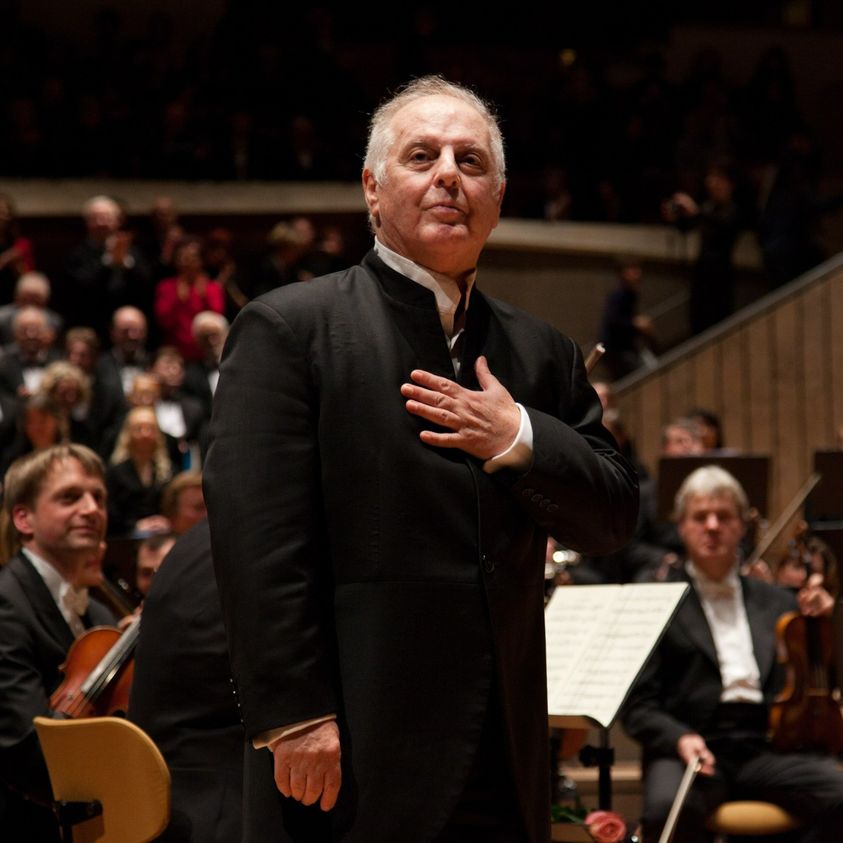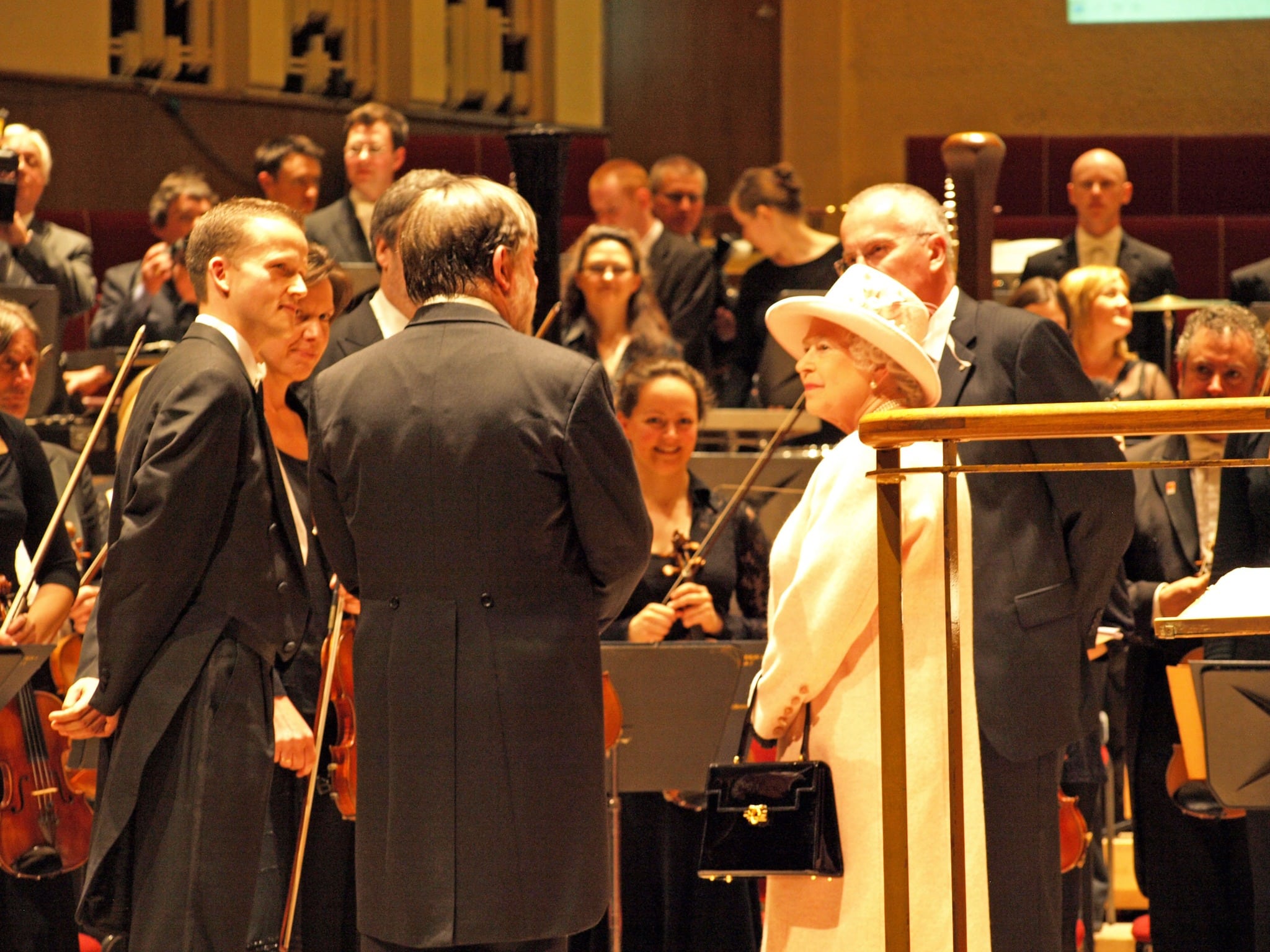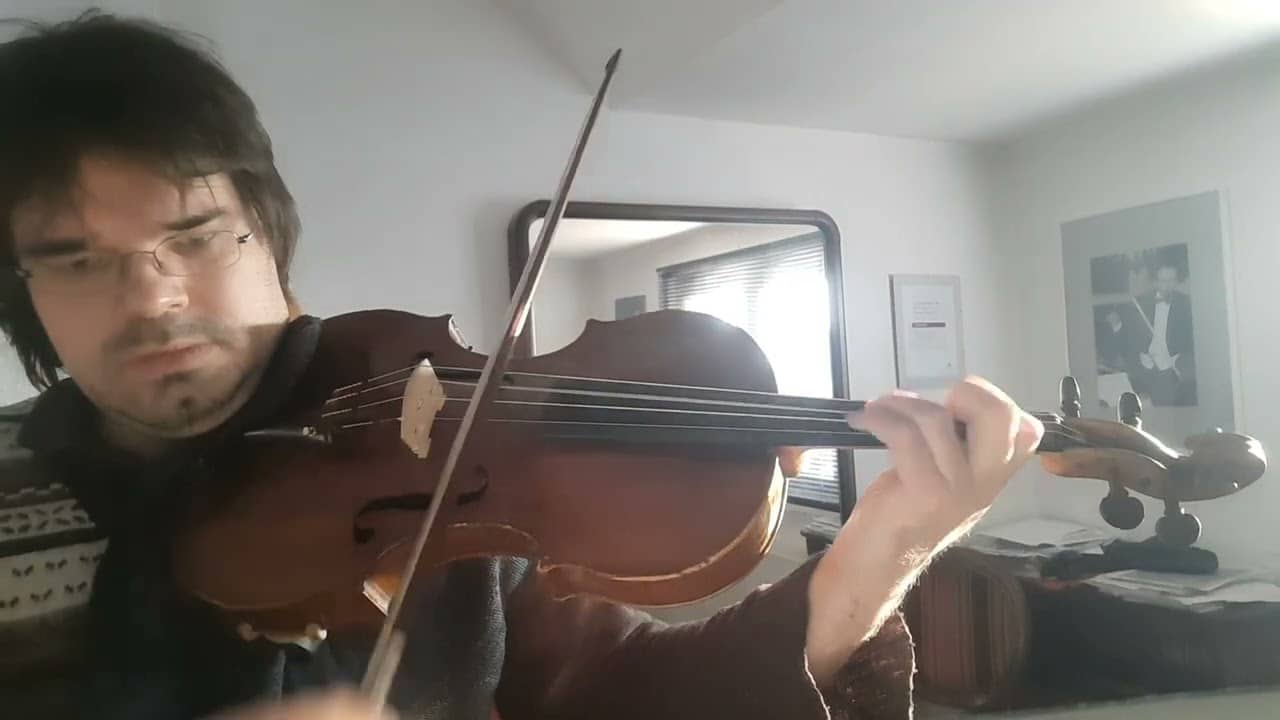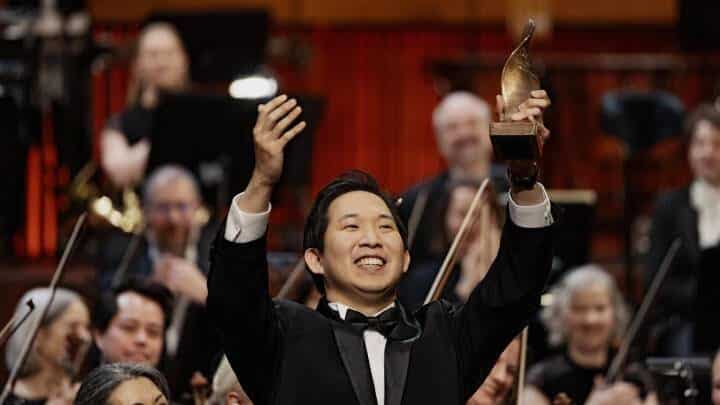Just in: Bauhaus comes to Barbie – can't wait
mainMaybe Walter Gropius will rise from the dead and redesign London’s ghastly second arts centre. I live in hope.
![]()
Here’s the official version:
For immediate release: 7 February 2012
Bauhaus: Art as Life
Barbican Art Gallery, Barbican Centre, UK
Media View, 10am – 1pm, Wednesday 2 May
3 May – 12 August 2012
Bauhaus: Art as Life is produced in co-operation with Bauhaus-Archiv Berlin / Museum für Gestaltung, Stiftung Bauhaus Dessau and Klassik Stiftung Weimar
The exhibition is supported by tp bennett, The Swiss Arts Council Pro Helvetia, The Stanley Thomas Johnson Foundation and The Henry Moore Foundation
Media Partner: Wallpaper*
Exploring the world’s most famous modern art and design school, Bauhaus: Art as Life is the biggest Bauhaus exhibition in the UK in over 40 years. From its avant-garde arts and crafts beginnings the Bauhaus shifted towards a more radical model of learning uniting art and technology. A driving force behind Modernism, it further sought to change society in the aftermath of World War 1, to find a new way of living. This major new Barbican Art Gallery show presents the pioneering and diverse artistic production that make up the school’s turbulent fourteen-year history from 1919 to 1933 and delves into the subjects at the heart of the Bauhaus – art, design, people, society and culture. Bauhaus: Art as Life opens at Barbican Art Gallery on 3 May 2012.
Bringing together more than 400 works, the show features a rich array of painting, sculpture, architecture, film, photography, furniture, graphics, product design, textiles, ceramics and theatre by such Bauhaus masters as Josef Albers, Herbert Bayer, Marianne Brandt, Marcel Breuer, Walter Gropius, Johannes Itten, Wassily Kandinsky, Paul Klee, Hannes Meyer,Ludwig Mies van der Rohe, László Moholy-Nagy, Oskar Schlemmer and Gunta Stölzl and students including Anni Albers, T. Lux Feininger, Kurt Kranz, Xanti Schawinsky and Alma Siedhoff-Buscher. Set in a dynamic installation designed by award-winning architects Carmody Groarke with graphic designers APFEL, Barbican Art Gallery is transformed into a series of dramatic and intimate spaces. Loosely chronological and arranged thematically, the exhibition celebrates the life and spirit of the Bauhaus – one that is characterised by experimentation, collaboration and play.
Kate Bush, Head of Art Galleries, Barbican Centre, said: The Bauhaus was an inescapable force in the development of modern visual culture, whose impact was felt around the world from Tel Aviv to Tokyo. The Bauhaus was inspiring not just because of the extraordinary group of brilliant, visionary people who worked and made art there, but because it was fuelled by an idealism and a commitment to creativity and experiment that remains ever more relevant today. I am delighted that Barbican Art Gallery is staging this major exhibition, which is itself the product of the creativity, scholarship and imagination of a group of talented people at the Barbican and at the Bauhaus archives.
Bauhaus: Art as Life traces the life of the school from its founding by Walter Gropius in Weimar in 1919, and its expressionist-influenced roots, to the embrace of art and industry and subsequent move to a purpose-built campus in Dessau in 1925 under the direction of Gropius and then Hannes Meyer. Finally it looks to the Bauhaus’ brief period in Berlin, led by Ludwig Mies van der Rohe and its dramatic closure in 1933, under pressure by the Nazis.
Significant works in the exhibition include Moholy-Nagy’s Construction in Enamel 1 (EM1),1923, the largest in a series of three famously known as the ‘Telephone Pictures’. Moholy-Nagy commissioned the work from an enamel sign factory by communicating the co-ordinates of a drawing on graph paper over the telephone. In Kandinsky’s Circles in a Circle,1923, two bands of colour intersect in a thick black circle containing 26 overlapping circles of varying colours and sizes. Also on show is Paul Klee’s exquisite watercolour Doppelturm with its geometric forms in pink and green hues. Painted during his time at the Bauhaus Weimar it exemplifies his fascination with abstraction and colour theory. Klee’s influence on students is especially evident in textiles by Anni Albers and Gunta Stölzl . For example, Stolzl’s magnificent two metre-high wall hanging, Fünf Chöre (Five Choirs), 1928, on show in the UK for the first time , shows technical precision, a love of colour and musicality. It is woven using the Jacquard technique, a mechanical process that offers unlimited variety in pattern-making.
Works from every area of Bauhaus study are presented, alongside key pieces completed by Bauhaus masters in their individual practices. Early student experiments in metal, wood, ceramic and textile are a highlight and include the now-iconic tea-infuser by Marianne Brandt; Wilhelm Wagenfeld’s MT8 table lamp and Anni Albers’ 1924 wall hanging, produced as her diploma project. Experimenting with new materials, production processes and engaging with industry was actively encouraged at the Bauhaus. For example, Marcel Breuer’s tubular steel chair, Club Chair (Wassily Armchair), 1925-6, inspired by the frame of his bicycle, was designed to be dismantled into nine parts for economical transportation. Conceived for mass production, light, and easy to clean it was the ‘necessary apparatus of modern living’. Experiments in form, colour , light and space – from works made for the pioneering preliminary course to projects devised for stage and film – reveal the breadth of ideas explored throughout the school’s history.
To give visitors a greater insight into everyday life at the Bauhaus, the exhibition presents a range of unique material reflecting the Bauhaus community, from party and festival invitations to hand-made gifts, paintings commemorating special occasions and intimate photographs. For Paul Klee’s 50th birthday, students, including Anni Albers, hired a local Junkers aircraft and dropped gifts from the sky in an angel-like package over his house. Klee reflects on this exuberant gesture in his highly personal painting Gifts for J, 1928. Throughout the Bauhaus years, students and teachers socialised together, frequently throwing parties, festivals and gatherings – captured in black & white photographs, wearing handmade costumes and surreal masks, revealing that playful experimentation went beyond the classroom.
Other highlights include an examination of the school’s architectural legacy, from the first sites of experimental building, realized in the little-known Sommerfeld House in 1920-2 and the prototype house, Haus am Horn, 1923, to Gropius’ designs for the now infamous school and master houses in Dessau. Residents included Klee, Kandinsky, Schlemmer and Georg Muche. Other innovative projects range from the Törten Housing estate and the Federal School of the German Trade Union Federation,1928-30, completed under Hannes Meyer’s direction. The impact of Mies van der Rohe can be seen in some of the student projects on show, when, during the final years of the school, a more classical approach to teaching architecture was adopted.
Architects, artists, and designers in the exhibition include:
August Agatz, Marianne Ahlfeld-Heymann, Anni Albers, Josef Albers, Alfred Arndt, GertrudArndt, Theo Ballmer, Rudolf Baschant, Eugen Batz, Herbert Bayer, Irene Bayer, Max Bill, Robert Binnemann, Theodor Bogler, Heinrich-Siegfried Bormann, Alexander Bortnyik, Marianne Brandt, Hin Bredendieck, Marcel Breuer, Paul Citroen, Heinz Clasing, HugoClausing, Roman Clemens, Edmund Collein, Erich Comeriner, Erich Consemüller, MargareteDambeck, Friedl Dicker, Otto Dorfner, Franz Ehrlich, Friedrich Karl Engemann, LyonelFeininger, T. Lux Feininger, Werner David Feist, Carl Fieger, Etel Fodor, Hans Fricke, WalterFunkat, Hermann Gautel, Albert Gleizes, Nathalie Goncharova, Werner Graeff, WalterGropius, Josef Hartwig, Louis Held, Florence Henri, Toni Hergt, Karl Hermann Haupt, Wilhelm Jakob Hess, Günter Hirschel-Protsch, Ludwig Hirschfeld-Mack, Irene Hoffmann, Johannes Itten, Martin Jahn, Hedwig Jungnick, Wassily Kandinsky, Peter Keler, Felix Klee, Paul Klee, Walter Köppe, Kurt Kranz, Erich Krause, Max Krehan, Felix Kube, Fritz Kuhr, HajnalLengyel-Pataky, Otto Lindig, Heinz Loew, Eduard Ludwig, Rudolf Lutz, Friedrich Marby, Gerhard Marcks, Carl Marx, Adolf Meyer, Hannes Meyer, Lena Meyer-Bergner, Ludwig Mies van der Rohe, Takehiko Mizutani, Lucia Moholy, László Moholy-Nagy, Farkas Molnár, GeorgMuche, Josef Müller, Theobald Emil Müller-Hummel, Johannes Niegemann, Pius E Pahl, Gyula Pap, Alfred Partikel, Walter Peterhans, Walter Puff, Konrad Püschel, Hilde Rantzsch, Curt Rehbein, Lilly Reich, Grete Reichardt, Carl Rogge, Agnes Roghé Karl Peter Röhl, HajoRose, Wolf Rössger, Reinhold Rossig, Alfred Schäfter, Xanti Schawinsky, Hinnerk Scheper, Fritz Schleifer, Oskar Schlemmer, Joost Schmidt, Kurt Schmidt, Ernst Schneider, EberhardSchrammen, Fritz Schreiber, Lothar Schreyer, Herbert Schürmann, Naum Slutzky, GuntaStölzl, Wolfgang Tümpel, Monica Bella Ullmann (later Broner), Otto Umbehr (Umbo), Charlotte Voepel-Neujahr, Hans Volger, Lis Volger, Toni von Haken-Schrammen, WilhelmWagenfeld, Andor Weininger, Otto Werner, Margarete Willers, Hans Wittwer, Anni Wottitz, Iwao Yamawaki, Werner Zimmermann.





Comments